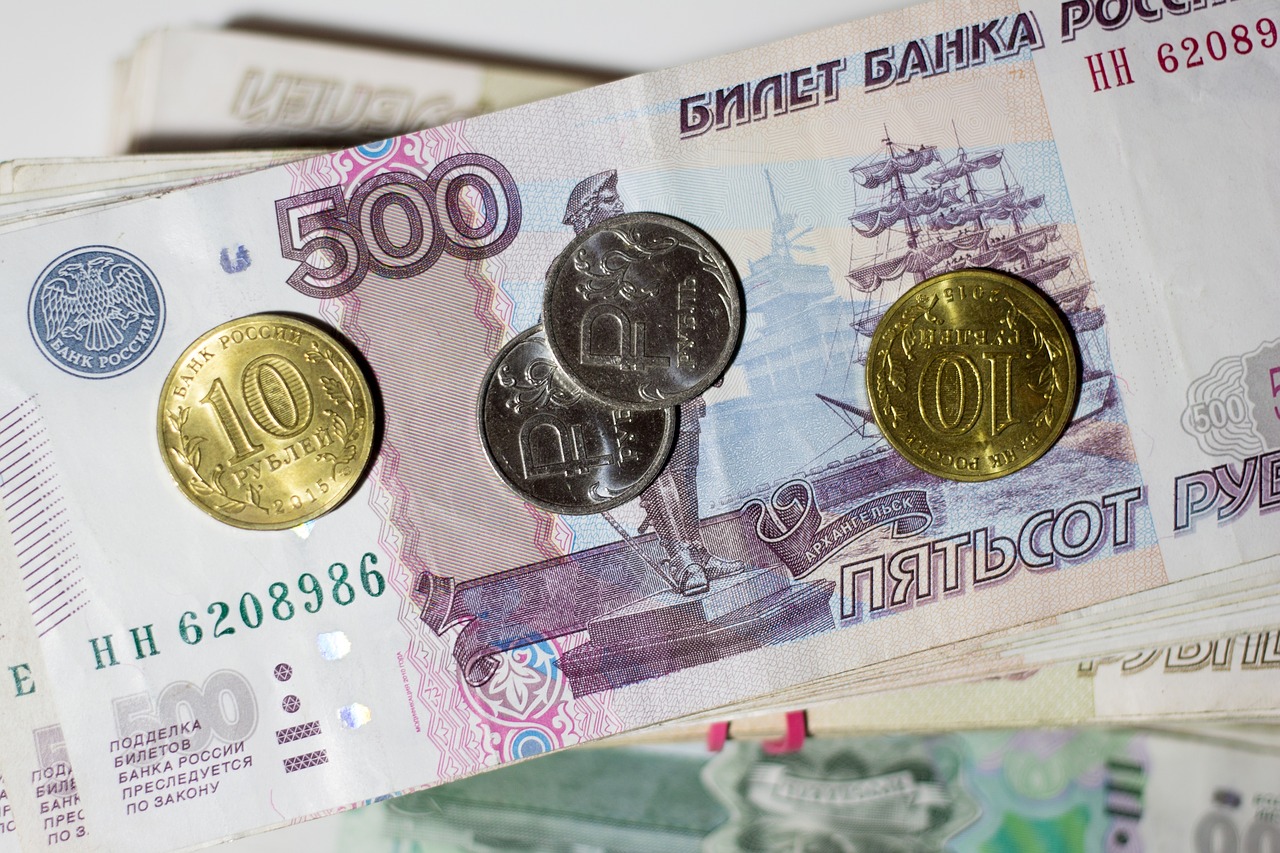On Thursday, the Russian Ruble reversed gains to decline to lows of two weeks in a volatile trading session, as the favorable tax period came to an end.
There are also expectations that there may be some intervention by the government to put a stop to the recent strengthening of the currency.
Pressure on the ruble
The ruble had received support from income tax payments, as it required export companies to sell their earnings in foreign currency and convert them into rubles for tax purposes.
However, Thursday marked the end of the tax payment period and this could lead to some decline, although there may not be a significant weakening in the currency due to its current account surplus.
Moreover, there are also market expectations that the government may decide to take steps for counteracting the recent strength of the currency, which has weighed down the ruble further.
This issue has been a big concern for officials because a strong ruble means that the income of the country from commodity exports would reduce.
Ruble movements
There was a 1.9% drop in the ruble against the dollar by 1342 GMT, as it reached 61.03. It had also declined 2.1% against the euro to trade at a value of 62.02.
This brought the ruble to its lowest point against both currencies since July 11th.
Market analysts said that high-interest rates and an economic slowdown globally, along with the impact of sanctions on the economy in Russia can result in declines in productivity, exports, and efficiency.
They said that these would create an environment for ruble weakening, but it is unlikely to happen quickly until there is a budget rule in place.
Analysts also added that the short-term potential for weakening in the ruble by the end of the year would be around 65 to 70 against the US dollar.
The market is looking toward news that the government will intervene and reinstate the budget rule, which would mean that the rainy-day fund would get all the excess revenues from oil exports.
Ruble strength
On Thursday, analysts had predicted that the ruble could climb back up to a value of 57 or 58 against the US dollar because of high oil prices.
In addition, the US Federal Reserve had also hiked up its interest rate once more by 75 basis points. This year has seen the ruble become the best-performing currency.
This is because before Moscow sent its troops into Ukraine in February, it had already taken measures to protect the country’s financial system from Western sanctions that were eventually imposed.
However, even the strengthening ruble cannot improve Russia’s economic outlook which appears to be quite bleak.
On Wednesday, data was published by the federal statistics service showing that there was a decline in real disposal income, industrial output, and retail sales, even though the unemployment rate was at a record low.
But, analysts did add that the ruble could recover some of its earlier losses due to stronger oil prices, as they climbed to their highest level since the beginning of the month.

